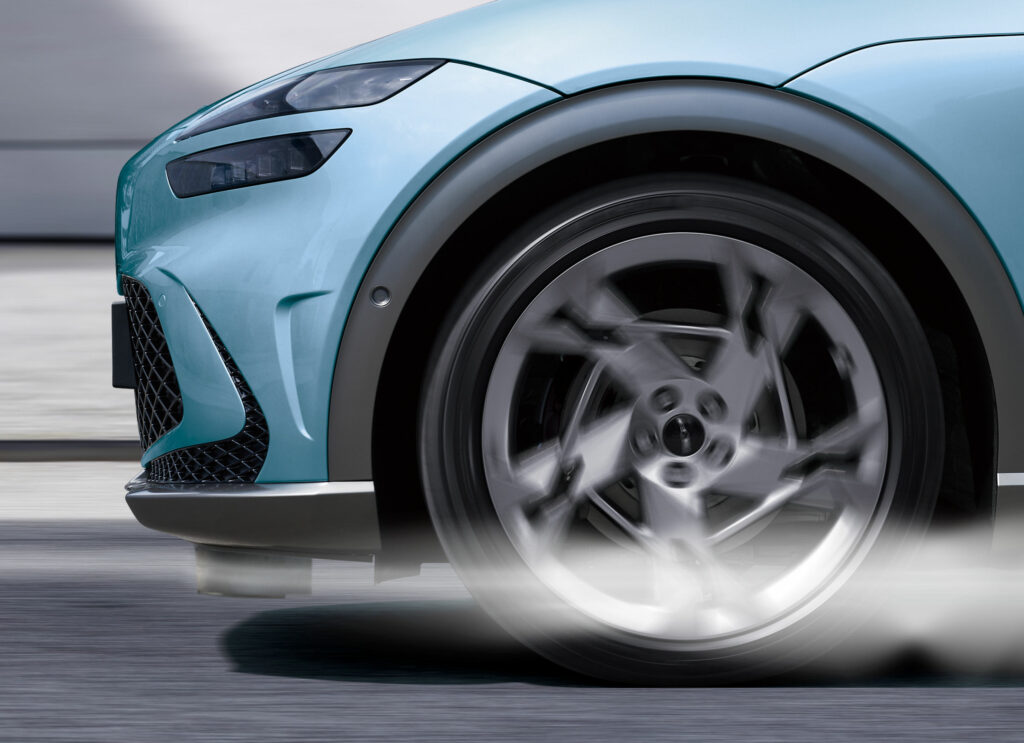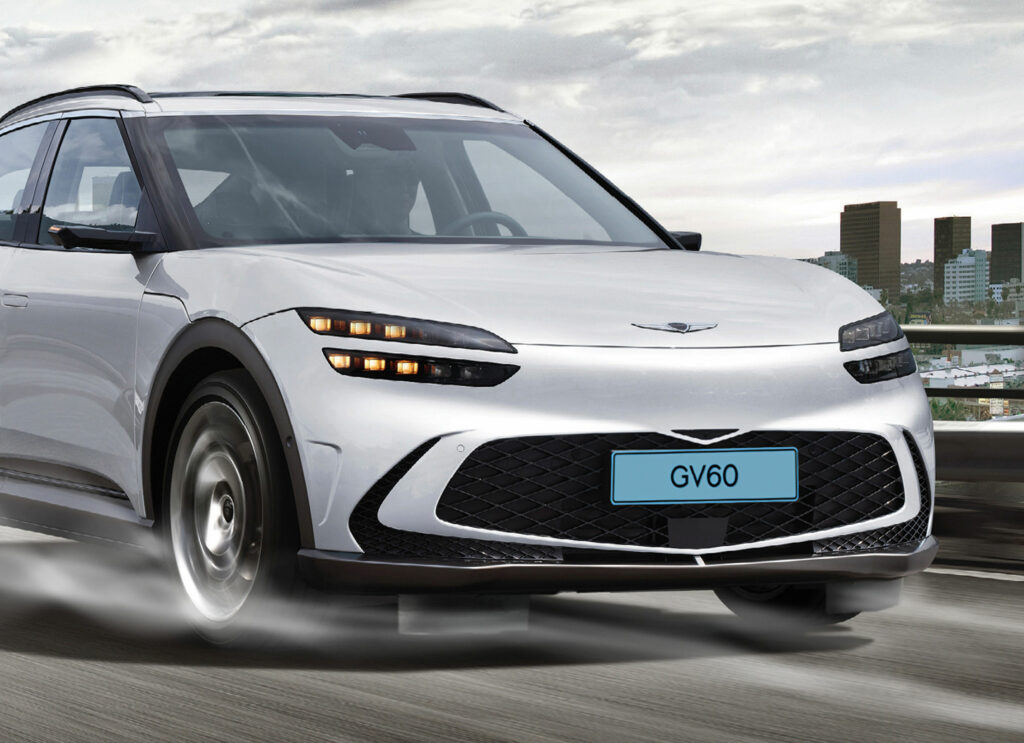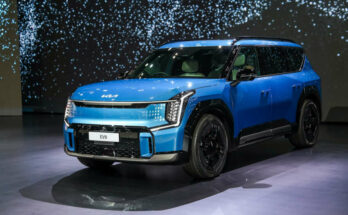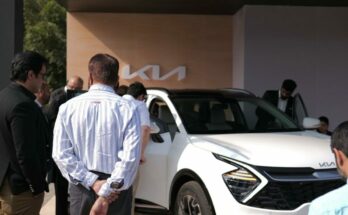Hyundai and Kia have just unveiled the ‘Active Air Skirt’ (AAS) technology that minimizes the aerodynamic resistance generated during high-speed driving, effectively improving the driving range and driving stability of electric vehicles (EVs).
AAS is a technology that controls the flow of air entering through the lower part of the bumper and effectively controls the turbulence generated around the vehicle wheels by operating variably according to the vehicle speed during high-speed driving.

In the EV era, competition to secure a better driving range from a single charge has become fierce, making the relationship between vehicles and aerodynamics even more important. Furthermore, aerodynamic performance has a significant impact not only on power performance but also on driving stability and wind noise.
Related: Hyundai’s Uni Wheel Promises to Revolutionize EV Powertrains
In response, manufacturers are exploring various measures to reduce the coefficient of drag (Cd), which is the resistance coefficient of the air acting in the opposite direction of the vehicle’s motion.
Also, the reason why AAS only covers the front part of the tires without completely covering the front is related to the characteristics of Hyundai Motor Group’s E-GMP platform for EVs. This is because it is more effective in improving aerodynamic performance to only cover the tire part since the platform floor is flat. This also functions to enhance the downforce of the vehicle, thereby improving vehicle traction and high-speed stability.
AAS can also operate at speeds over 200 km/h. This was possible thanks to the application of rubber material on the lower part, which reduces the risk of external objects splashing and damaging while driving at high speeds and ensures durability.

Hyundai and Kia announced that they have tested and reduced the drag coefficient (Cd) by 0.008, improving drag by 2.8%, by installing AAS in Genesis GV60. This is a figure that can expect an additional range improvement of about 6 km. The automakers have applied for related patents in South Korea and the United States, and plan to consider mass production after durability and performance tests. According to Sun Hyung Cho, Vice President and Head of the Mobility Body Development Group at Hyundai Motor Group:
“This technology is expected to have a greater effect on models such as SUVs where it is difficult to improve aerodynamic performance. We will continue to strive to improve the driving performance and stability of electric vehicles through improvements in aerodynamics.”
Meanwhile, Hyundai Motor and Kia are applying various technologies, such as rear spoilers, active air flaps, wheel air curtains, wheel gap reducers and separation traps, to vehicles to secure competitive drag coefficients. Hyundai IONIQ 6, which incorporates these technologies, has achieved a global leading Cd of 0.21.

A computer animation professional with over 23 years of industry experience having served in leading organizations, TV channels & production facilities in Pakistan. An avid car enthusiast and petrolhead with an affection to deliver quality content to help shape opinions. Formerly written for PakWheels as well as major publications including Dawn. Founder of CarSpiritPK.com




